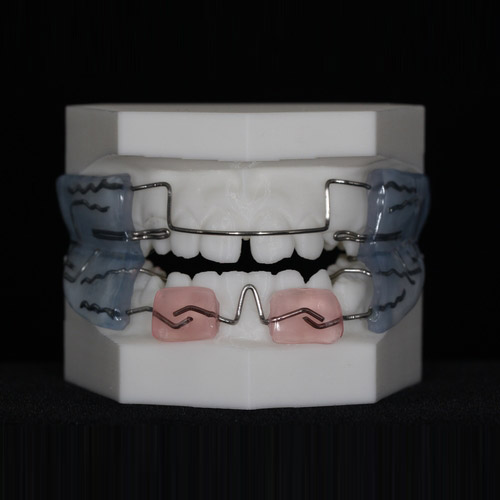Orthodontic treatment has seen remarkable advancements in recent years, revolutionizing the way we straighten teeth and improve smiles. With innovative technologies and cutting-edge techniques, orthodontic appliances have become more effective, comfortable, and aesthetically pleasing than ever before. In this blog post, we'll explore some of the latest innovations in orthodontic appliance technology and how they are transforming the field of orthodontics.
Clear Aligner Technology:
Clear aligners have become increasingly popular among patients seeking a discreet and convenient alternative to traditional braces. These custom-made, transparent plastic trays gradually move teeth into alignment without the need for brackets or wires. Recent advancements in clear aligner technology have led to improvements in material strength, precision of tooth movement, and treatment predictability. Patients can now achieve their desired results more efficiently and with greater comfort than ever before.
Self-Ligating Brackets:
Self-ligating brackets represent a significant innovation in traditional braces technology. Unlike conventional braces, which use elastic ligatures to hold the archwire in place, self-ligating brackets feature built-in clips or doors that secure the wire. This design eliminates the need for elastic ties, reducing friction and allowing for smoother, more efficient tooth movement. Self-ligating brackets also require fewer adjustments and maintenance appointments, making them a convenient option for both patients and orthodontists.

3D Imaging and Treatment Planning:
Advancements in digital imaging technology have revolutionized the way orthodontists diagnose, plan, and execute treatment. 3D imaging techniques, such as cone-beam computed tomography (CBCT) and intraoral scanners, provide detailed, high-resolution images of the teeth, jaws, and surrounding structures. Orthodontists can use these images to accurately assess the patient's anatomy, plan treatment objectives, and simulate the anticipated results. This level of precision and predictability ensures optimal treatment outcomes and patient satisfaction.
Accelerated Orthodontics:
Accelerated orthodontics techniques aim to reduce the overall treatment time by stimulating bone remodeling and accelerating tooth movement. One such innovation is the use of high-frequency vibration devices, which apply gentle vibrations to the teeth and surrounding tissues to expedite the orthodontic process. Other accelerated orthodontics methods include micro-osteoperforations (MOPs) and the use of low-level laser therapy (LLLT). These techniques offer shorter treatment durations, reduced discomfort, and improved patient experience compared to traditional orthodontic approaches.
Customized Treatment Planning:
Personalized treatment planning has become increasingly prevalent in modern orthodontics, thanks to advancements in digital technology and software. Orthodontists can now design custom treatment plans tailored to each patient's unique needs, goals, and preferences. By analyzing digital scans, photographs, and other diagnostic records, orthodontists can create virtual simulations of the treatment process and predict the final outcome with remarkable accuracy. This level of customization ensures that patients receive individualized care and achieve the best possible results.
Conclusion:
Orthodontic appliance innovations have transformed the field of orthodontics, offering patients more options, improved comfort, and faster treatment times than ever before. From clear aligner technology to 3D imaging and accelerated orthodontics techniques, these advancements continue to revolutionize the way we straighten teeth and enhance smiles. By staying at the forefront of innovation and embracing these advancements, orthodontists can provide their patients with the highest standard of care and achieve exceptional treatment outcomes.




